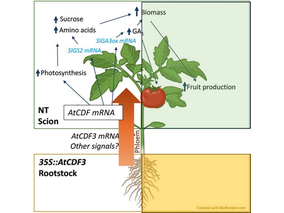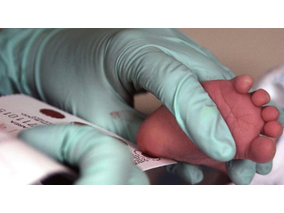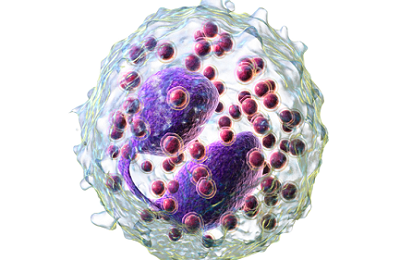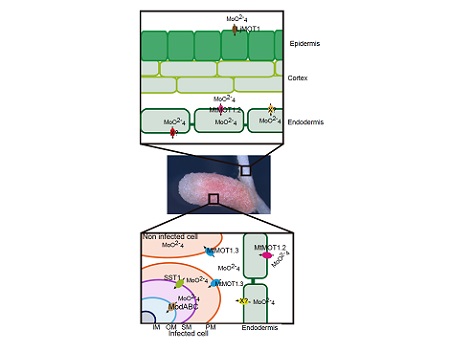The massive use of nitrogen fertilizers in agriculture is responsible of feeding half of the world population. However, they are an important source of greenhouse gasses, one of the main expenses for farmers (unreacheable in many developing countries), and contribute to water eutrophyzation. Symbiotic nitrogen fixation (SNF) carried out by the rhizobia-legume interaction is one of the main alternatives to the overuse of these fertilizers, in a return to more sustainable practices of crop rotation with legumes.
This process requires of relatively large amount of transition metals (iron, copper, zinc,…) that work as cofactors of many of the main enzymes participating in SNF. Given the prevalent low bioavailability of these metals in many of the main agricultural areas of the world, the real impact of crop rotation with legumes in soil nitrogen fertilization will depend in ensuring a continous and suficient delivery of essential transition metals. To improve this, we need to identify and manipulate the transporters mediating the delivery of these nutrients.
The CBGP group “Metal homeostasis in plant-microbe interactions”, in collaboration with researchers from CSIC (Spain), and the Noble Research Institute (USA), has recently published the characterization of a transporter involved in molydenum (MtMOT1.2) delivery to the nodules of model legume Medicago truncatula. This is a plasma membrane transporter that introduce molybdate into the cell cytosol. Reduction of the expression levels of this transporter results in the reduction of nitrogen fixation capabilities in nodules. This is due to the loss of an essential cofactor for nitrogenase functioning.
Original Paper:
Gil-Díez, P; Tejada-Jiménez, M; León-Mediavilla, J; Wen, J; Mysore, KS; Imperial, J; González-Guerrero, M. "MtMOT1.2 is responsible for molybdate supply to Medicago truncatula nodules". Plant, Cell & Environment. DOI: 10.1111/pce.13388".

The research team observed changes in head circumf...

AtCDF3 gene induced greater production of sugars a...

Un estudio con datos de los últimos 35 años, ind...

En nuestro post hablamos sobre este interesante tipo de célula del...

La revista ‘Nature Protocols’ selecciona esta técnica como “pro...
Biotechnology portal in Spain
Subscribe to our newsletter and stay up to date with the latest news and deals!
2013 © Biotech-Spain.com - Site Developments SL. All Rights Reserved. Terms of Service | Privacy Policy
Articles
Directory
